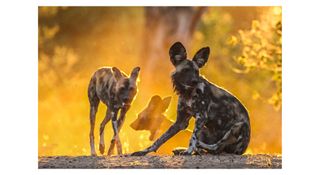Remembering African Wild Dogs is the latest in the series of wildlife photography books from Remembering Wildlife.
Founded by wildlife photographer Margot Raggett after she witnessed the remains of a poached elephant in Kenya, Margot asked her peers whether they would contribute their wildlife photography to an initiative dedicated to helping conserve elephants.
The Remembering Elephants book and its successors, Remembering Rhinos, Remembering Great Apes, Remembering Lions and Remembering Cheetahs, have together raised over $1.1 million for 55 conservation projects across 24 countries.
• Read more: Best telephoto lens
RECOMMENDED VIDEOS FOR YOU...
Well-known wildlife photographers who have contributed images to Remembering Wildlife include Jonathan and Angela Scott, Greg du Toit, Frans Lanting, Marsel van Oosten and Charlie Hamilton James – under the banner ‘Wildlife Photographers United’.
As Remembering African Wild Dogs recently went on sale, we caught up with Margot to discover more about the book and to get an update on Remembering Wildlife's achievements to date.
But before reading on, please note that Remembering Wildlife is currently staging a silent auction, until 9.30pm GMT on Sunday 14 November. You can bid on prints and drawings, plus safaris and holidays at lodges in Africa – plus much more.
Click here to join the auction and do your bit for the conservation of African wild dogs…
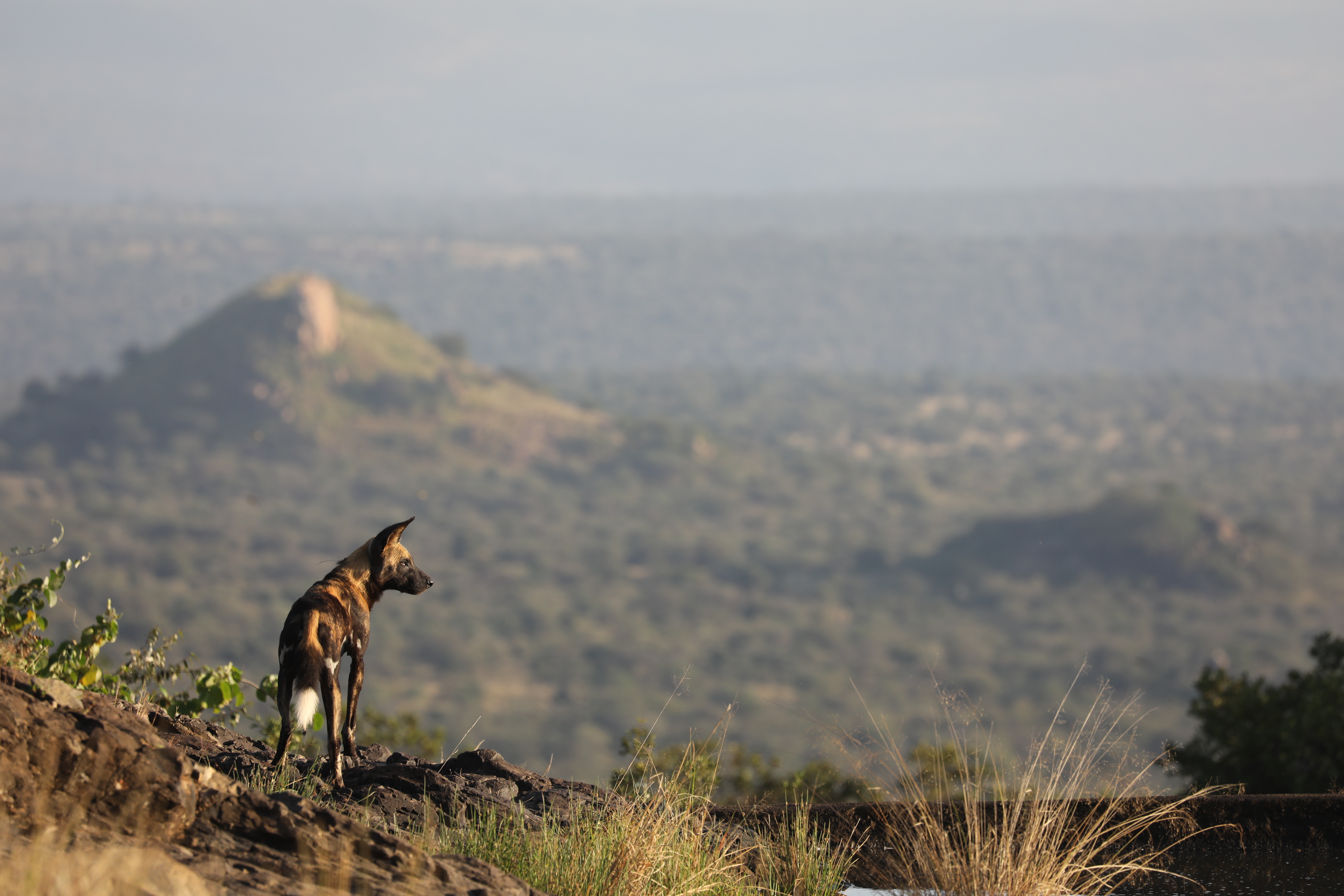
Can you please give us an update on Remembering Wildlife, and how much has been raised for conservation to date, for any of our audience who may not be familiar with the project?
Remembering Wildlife recently celebrated five years since the launch of the book that started the movement, Remembering Elephants, which came out on 19 September 2016.
Since then, there have been four more books: Remembering Rhinos, Remembering Great Apes, Remembering Lions and Remembering Cheetahs. Remembering African Wild Dogs will be the sixth.
So far, the books have donated £848,000/$1,100,000 to 55 projects across 24 countries.

“Rarely seen, often talked about…” says John Kamanga in the foreword. How well does this capture the mystique of African wild dogs?
John’s words are spot-on. One of the things that really surprised me in putting Remembering African Wild Dogs together, and having African voices such as John’s [founder and director of SORALO, the NGO, and the winner of the 2020 Tusk Award for Conservation in Africa] in the book, is how few locals have ever even seen them.
There are many myths about wild dogs that have run through the generations, and because they are so elusive, this adds to the mystery. Many safari-goers haven’t seen them either.
The opportunity to not only raise awareness of them and their plight, but to ‘stand up for the underdog’ and raise funds for them, is just what the Remembering Wildlife series is about.

In the introduction to the book, you note that wild dogs are your biggest gamble so far in terms of mass appeal, yet the one species that’s probably the most deserving to appear in the series.
I capture in my introduction to the book the moment I first encountered – and fell in love with – African wild dogs, while on safari in Kenya, and how envious I am of other people who have yet to have that first, incredibly special experience.
They’re such social animals, living in deep-bonded groups and helping to look after each other.
They babysit the little ones and feed the sick and elderly members. I think we humans could learn a thing or two from African wild dogs.
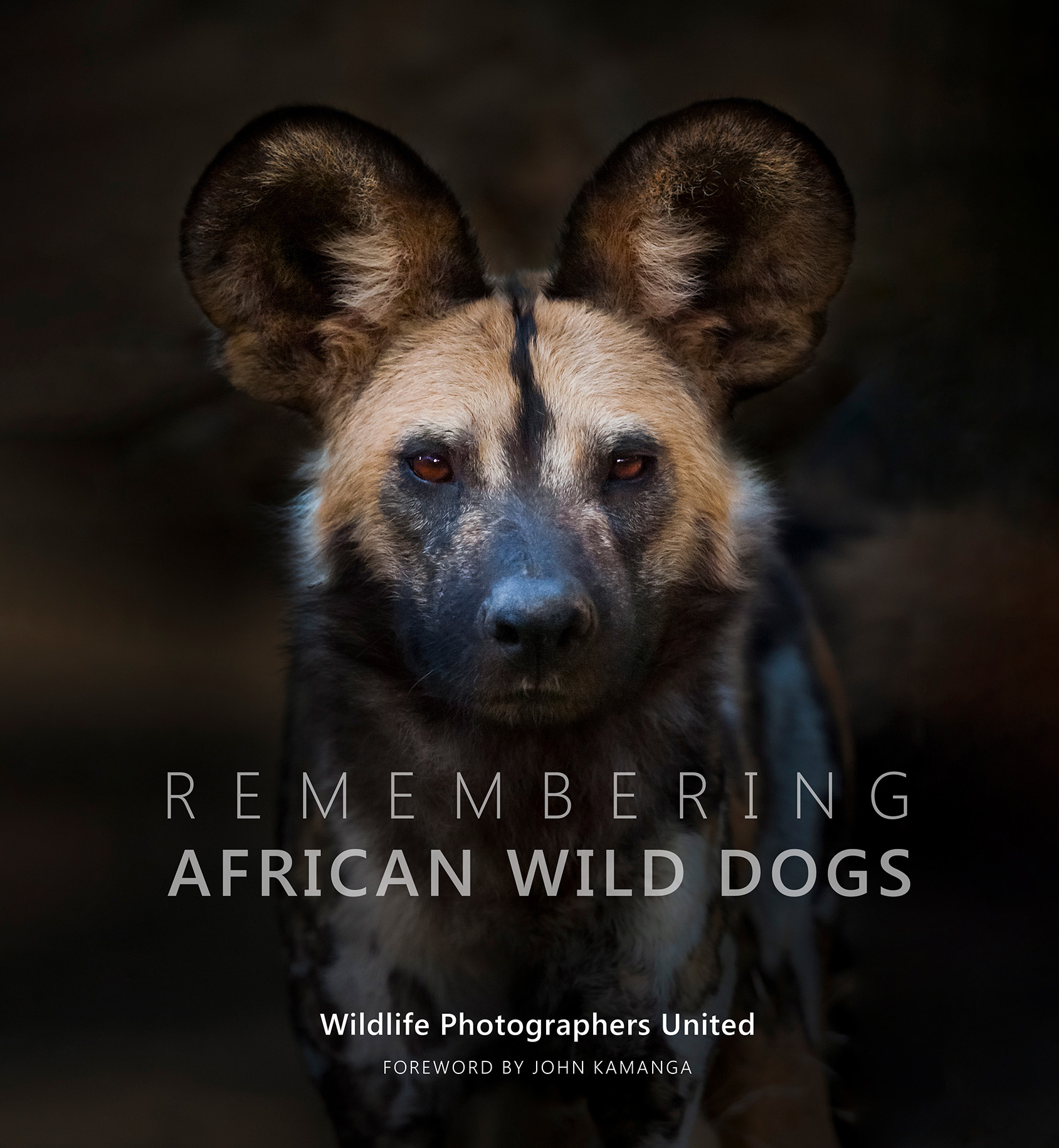
Thanks to the image choice and sequencing, the character of the species really comes across in the book. How pleased are you with the book – which, like the rest of the series, boasts high production values with excellent colour rendition? It feels like you’re in Africa with them…
I’m delighted with the variety of images we have been able to gather together for this book, which not only captures the essence of these wonderful wild dogs, but also the essence of Africa itself, with a real variety of scenes, backgrounds and times of day shown in the photographs.
You suggest that its brutal efficiency as a hunting animal is the main reason this species is so maligned by humankind. But given what we have done to reduce their numbers, are African wild dogs more sinned against than sinning now?
They have never been domesticated and are unjustly feared. They are formidable hunters and have evolved to become so. But we humans have no right to judge a species on how it’s evolved to survive, while at the same time eradicating species on a whim. That behaviour will be forever to our shame, as we say in the book.

It’s incredible to think that this species numbers less than cheetahs. What can be done to slow the population decline?
There are only about 6,600 African wild dogs in the wild, and just 660 breeding packs.
There are many reasons for the decline. Each one needs to be addressed, and it’s about trying to find ways for humans and species such as wild dogs to live alongside each other.
We’re supporting efforts to re-establish habitats that are suitable for wild dogs to live in. Wild dogs need vast amounts of space – they travel huge distances, and corridors must be maintained to ensure they can roam freely and are not isolated.
Remembering Wildlife made its first major donation from Remembering African Wild Dogs earlier this summer, helping to successfully translocate 14 African wild dogs from South Africa and Mozambique to Liwonde National Park and Majete Wildlife Reserve, in an historic project to reintroduce the species to Malawi.
African wild dogs are also threatened by disease, such as rabies and distemper – Remembering Wildlife has recently started supporting a vaccination programme for domestic cats and dogs in Kenya, as they can pass these diseases on to wild dogs and cheetahs.
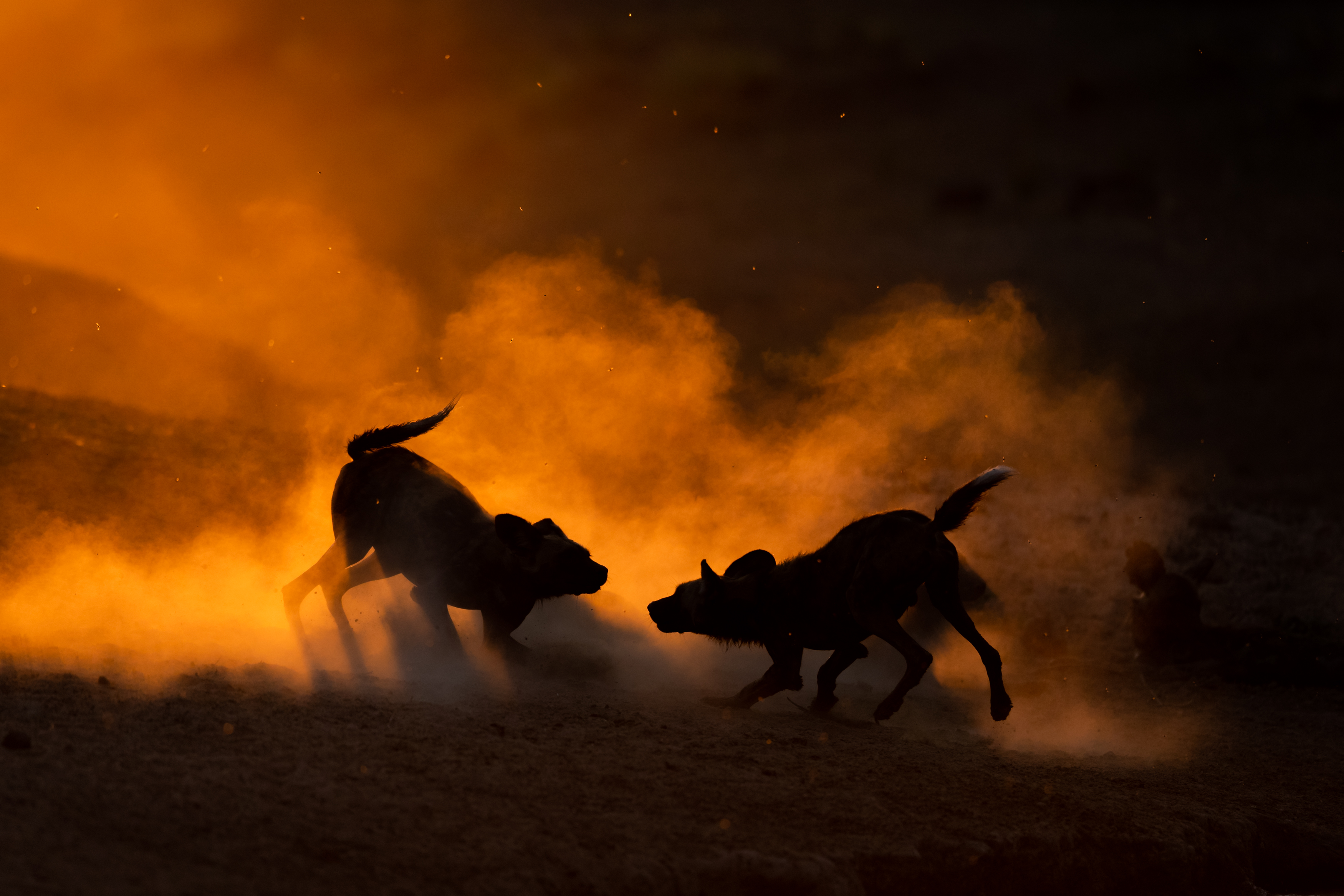
Are you able to tell us what’s next in the series of books?
This is the question I get asked most often – and the answer is not yet! Each year, I throw all my energy into making that year’s book into a success. It’s only when I come up for air after the launch that I think about what’s next. Watch this space…
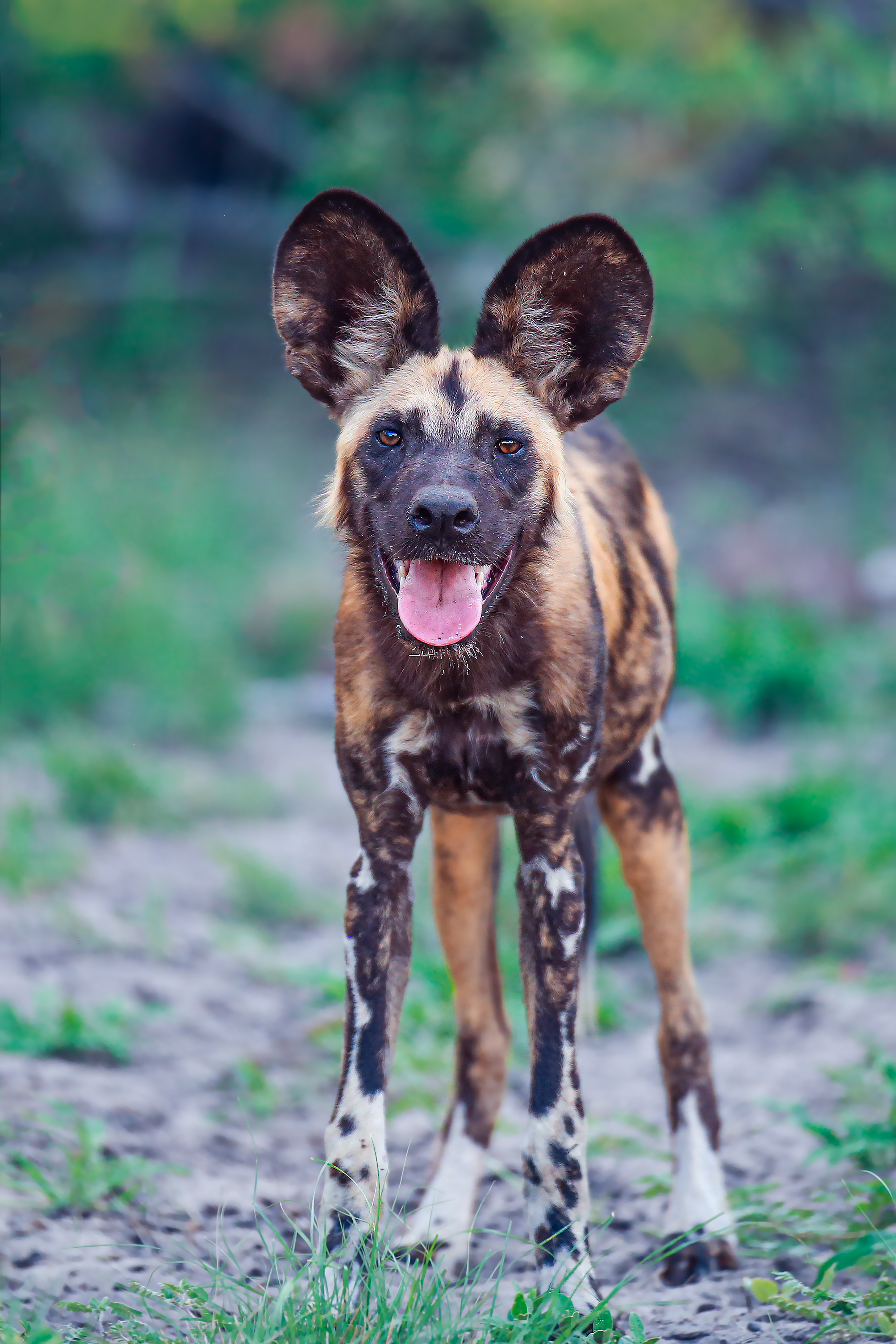
How to buy Remembering African Wild Dogs
Remembering African Wild Dogs by Wildlife Photographers United is on sale now, via the Remembering Wildlife website, priced at £45/$65.
And Remembering Wildlife’s silent auction, where you can bid on prints and drawings, plus safaris and holidays at lodges in Africa – plus much more – is open until 9.30pm GMT on Sunday 14 November.
Click here to join the auction and do your bit for the conservation of African wild dogs.
You can learn more about the Remembering Wildlife collection here.
Read more
Best trail cameras in 2021: for wildlife photography and nature watching
Best binoculars in 2021: binoculars for wildlife, nature and astronomy
Best portable hides for wildlife photography in 2021
